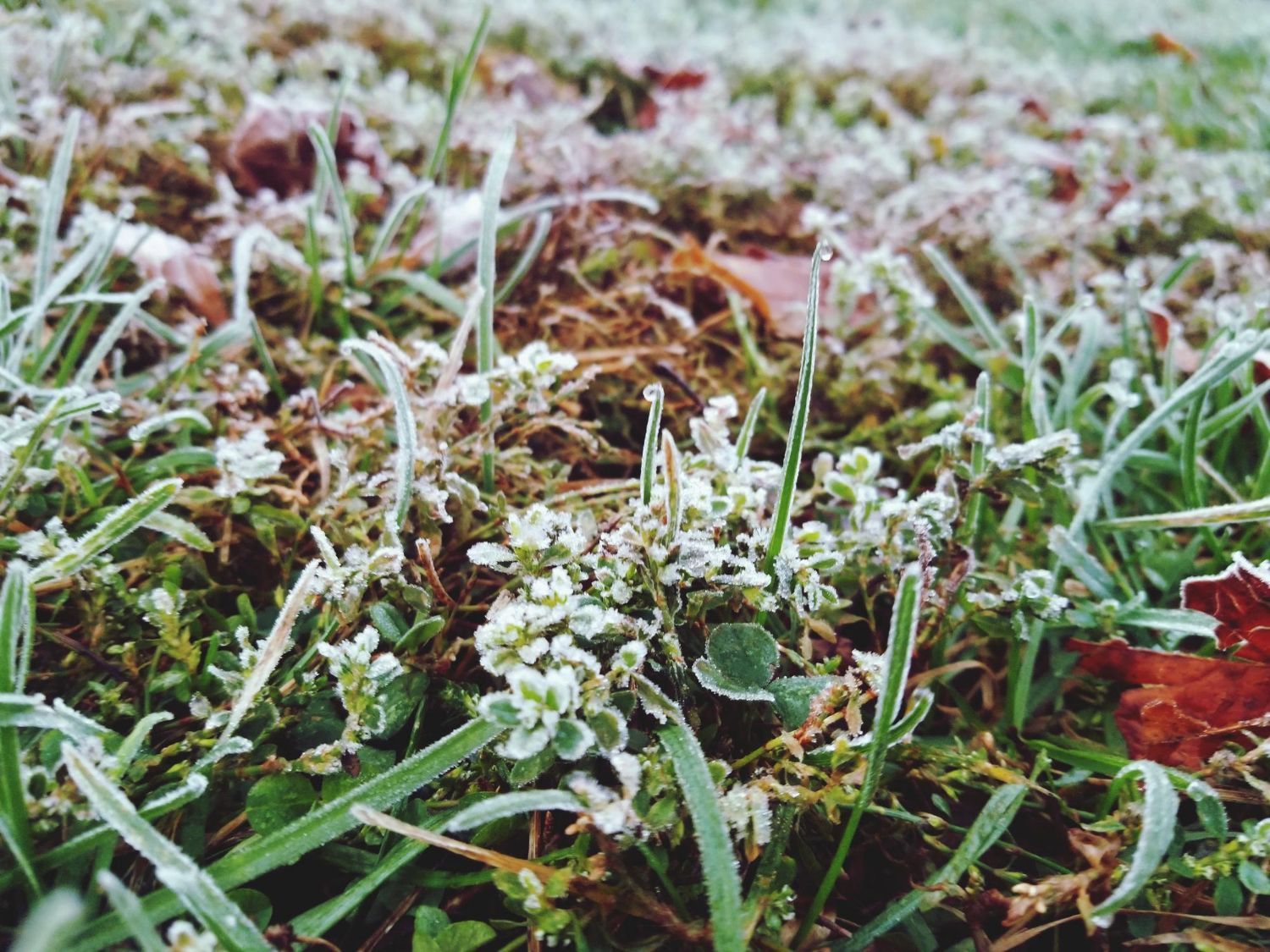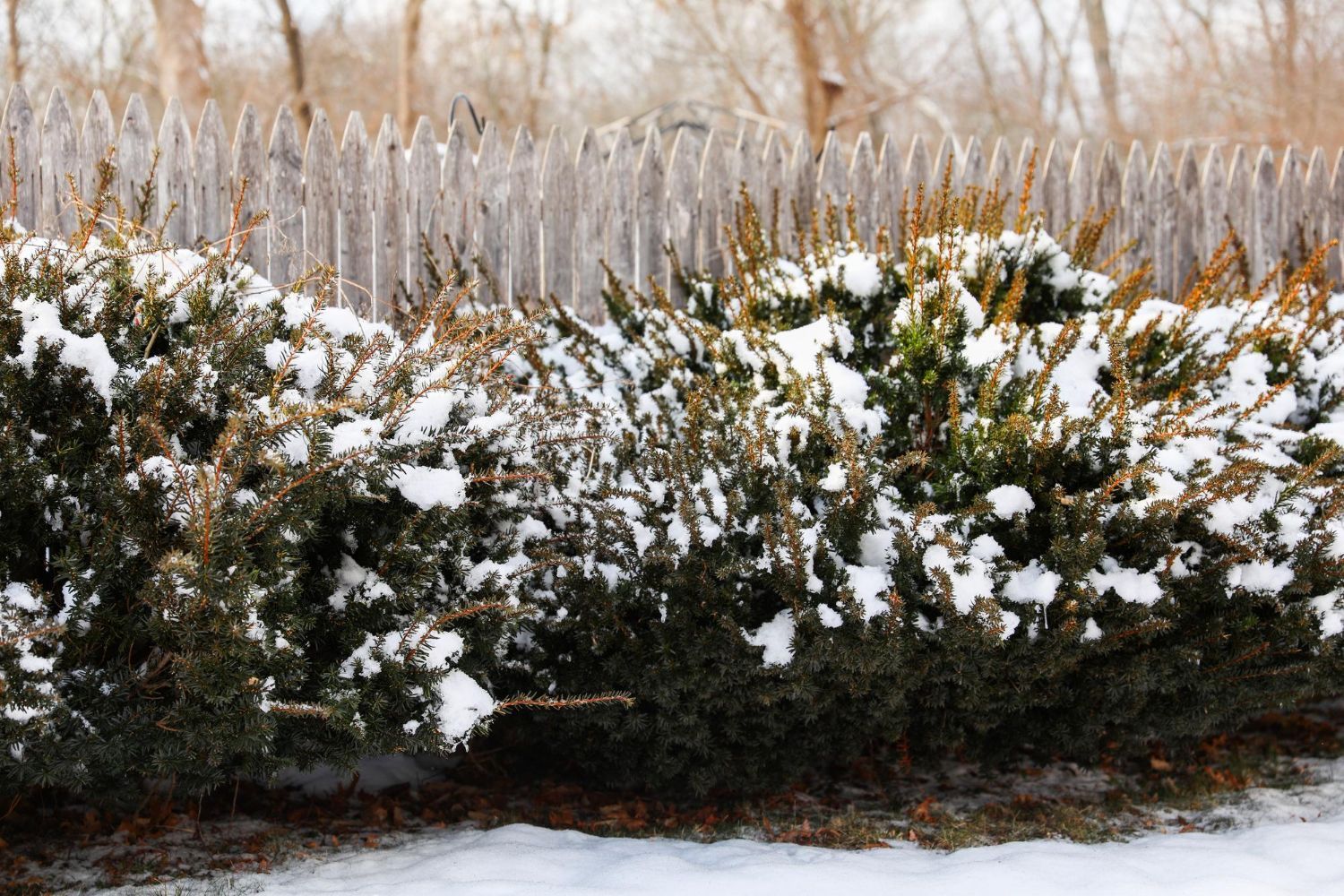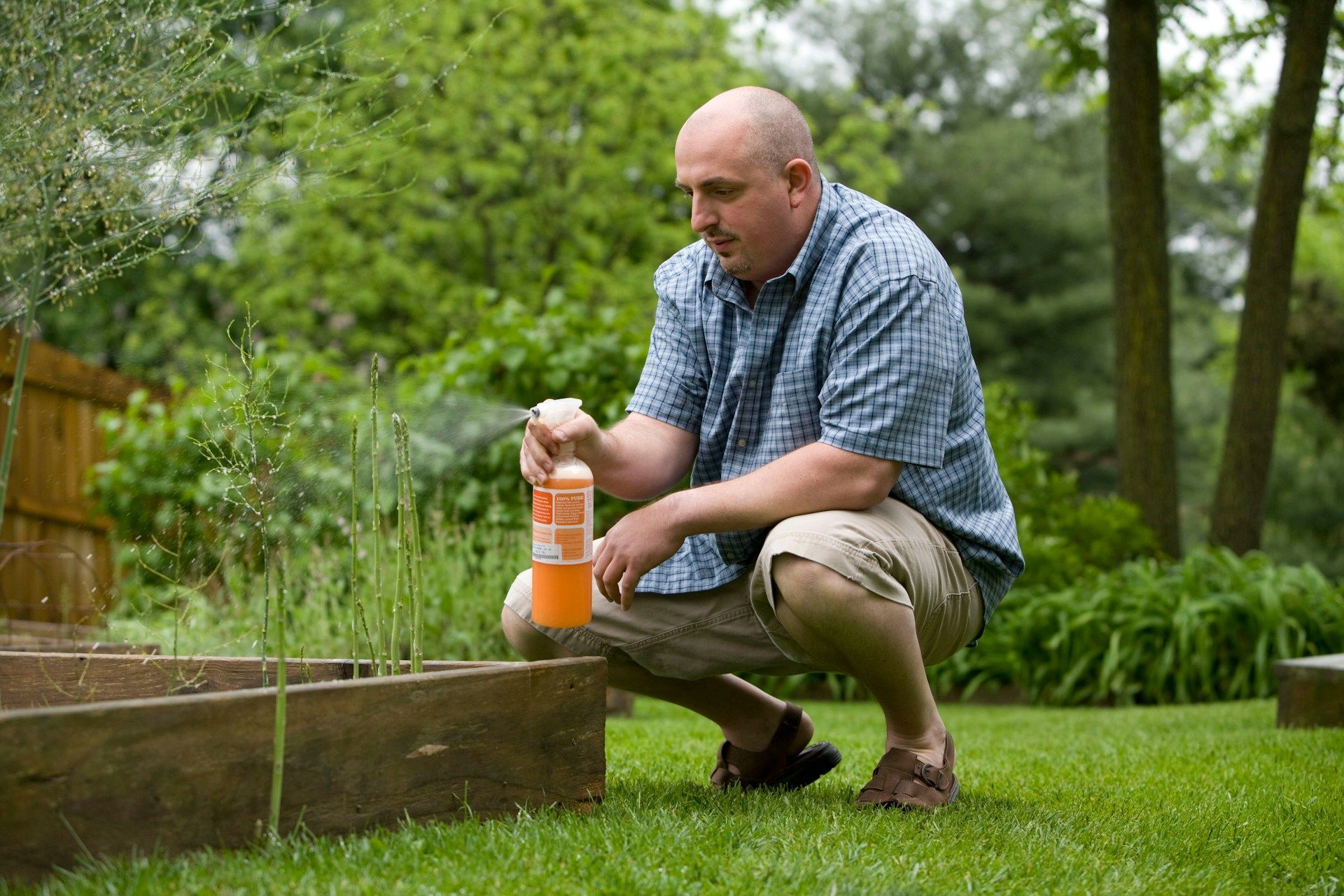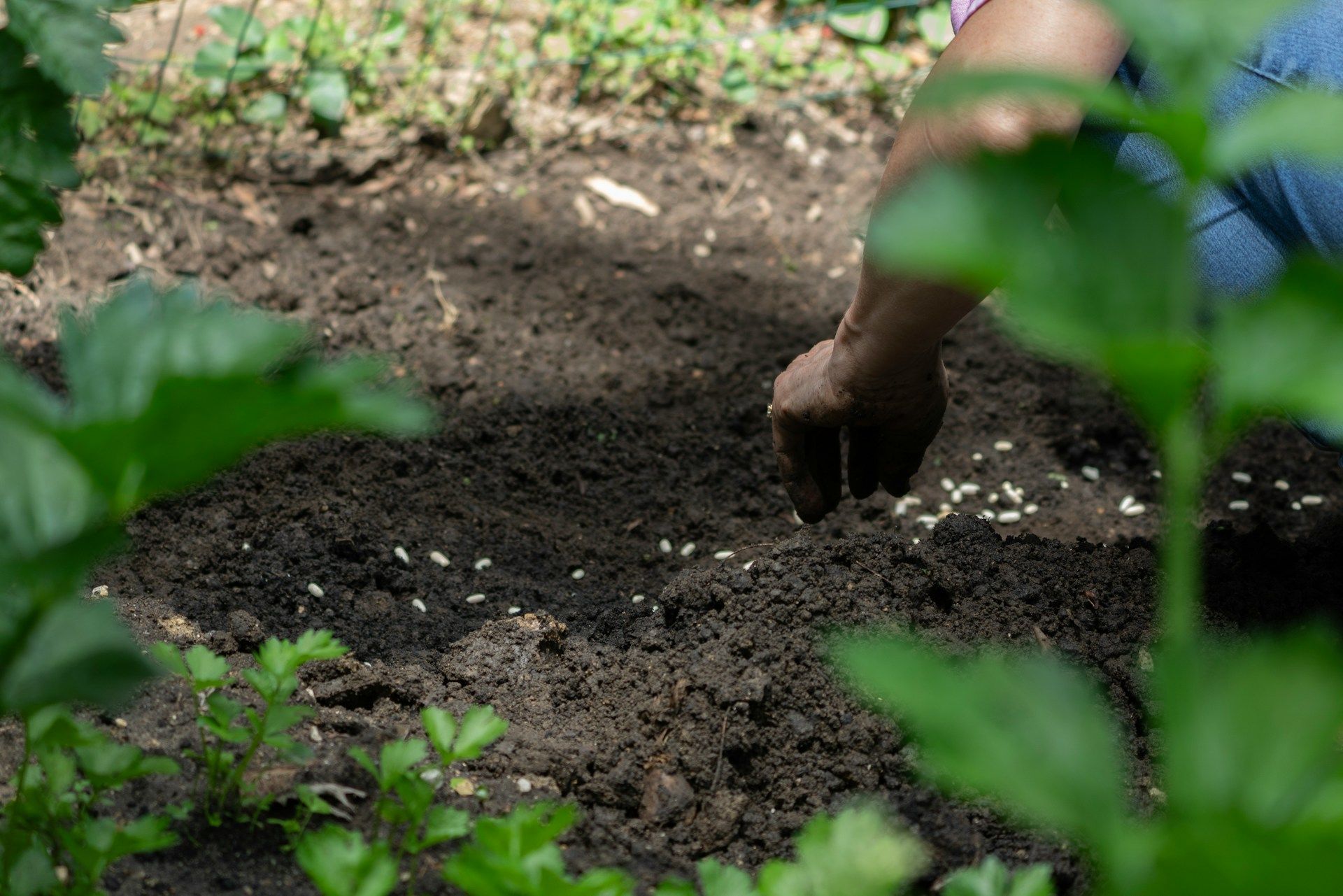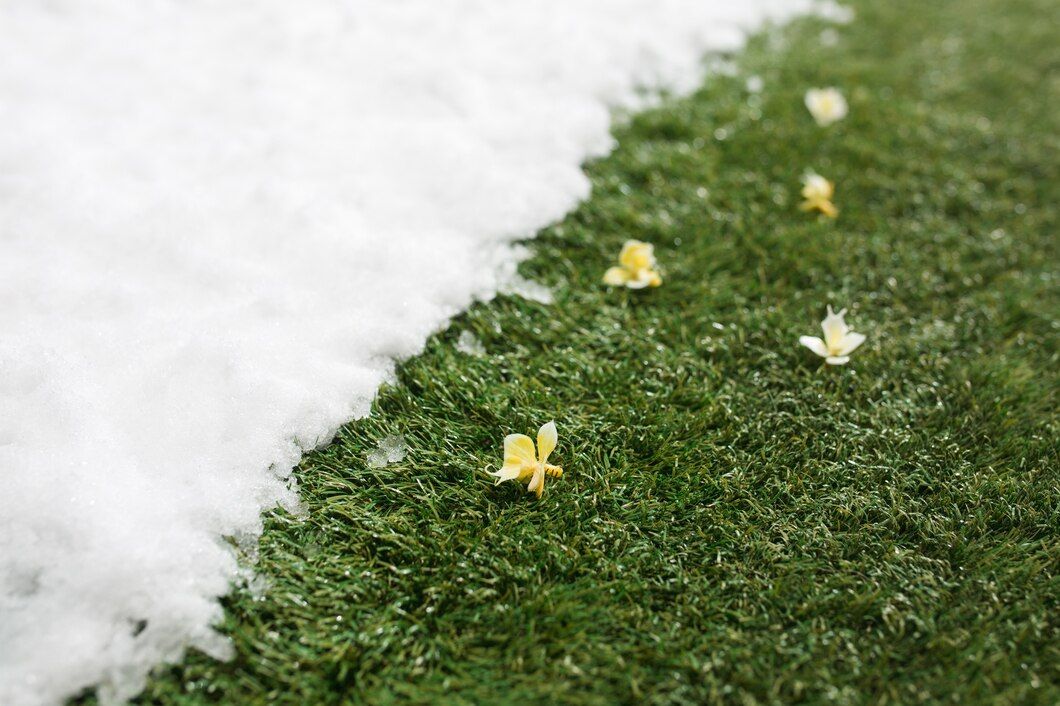What Our Customers Are Saying
Picture-Perfect Green: The Role of Fertilization in Achieving a Healthy Lawn
Everyone loves a lush, green lawn. It's perfect for picnics, games, or just relaxing outdoors. But achieving that vibrant green color isn't just about watering your grass; it involves a key component we often overlook: fertilization. Think of fertilization as a special food for your lawn. Just like we need nutrients to stay healthy, our lawns need a specific mix of nutrients to grow strong and green.
Fertilizing your lawn is not just about making it look good. It’s about strengthening the grass so it can fight off diseases, withstand the heat, and grow densely to choke out weeds. Without proper nutrition, the grass becomes weak and more susceptible to all sorts of problems. Whether you're a seasoned gardener or just starting out, understanding the role of fertilization can significantly boost the health and appearance of your lawn.
Stick with us as we dive deeper into how fertilization impacts your lawn, what nutrients are crucial, how to choose the right fertilizers, and the best practices for applying them to achieve that picture-perfect green.
What Is Lawn Fertilization and Why Is It Important?
Lawn fertilization is a crucial step in achieving a healthy, vibrant lawn. It involves applying specific nutrients to the soil that your grass needs to grow thick and strong. Just like we need a balanced diet to stay healthy, your lawn requires the right mix of nutrients to perform its best. When we nourish our lawns with the correct fertilizers, we are effectively setting the foundation for a robust growth, greater resilience against environmental stresses, and an overall appealing appearance.
The importance of fertilization can't be overstated. Without it, your lawn might survive, but it won't thrive. Nutrient-poor soil can lead to thin, patchy grass that is susceptible to diseases and weed invasion. A well-fertilized lawn has a better root system which helps to absorb more water and nutrients, making it less thirsty and more efficient in water usage.
By prioritizing lawn fertilization, we ensure that our grass receives essential nourishment that promotes healthy growth and enhances its green luster, making it not just alive, but thriving.
Key Nutrients Your Lawn Needs to Thrive
Each blade of grass on your lawn requires a blend of nutrients to grow optimally, but there are three key players in the world of lawn care: nitrogen, phosphorus, and potassium, often referred to as N-P-K based on their periodic symbols. Nitrogen is vital for leaf growth and helps your grass achieve a vibrant green color. Phosphorus supports the development of roots and seeds, which is essential for the overall health and resilience of your lawn. Potassium plays a crucial role in helping your grass fight off diseases and endure harsh weather conditions.
Apart from these primary nutrients, your lawn also benefits from secondary nutrients such as calcium, magnesium, and sulfur, as well as micronutrients like iron, manganese, and zinc. Each of these elements plays a unique role in supporting various functions within the plant, from chlorophyll production to energy transfer.
There’s a delicate balance required; too much or too little of any nutrient can lead to problems, making it important to understand not just what to provide but also how much. Remember, a balanced diet tailored to the specific needs of your lawn will encourage a lush, healthy growth that is the envy of the neighborhood.
How to Choose the Right Fertilizer for Your Lawn
Picking the right fertilizer is critical to achieving the lush, healthy lawn you desire. It’s not just about grabbing any bag off the shelf; you need to consider the specific needs of your lawn. The first step is understanding the nutrient needs based on your soil type and grass. Conducting a soil test is a proactive way to get accurate information on what your lawn is lacking. This test will guide you in selecting a fertilizer that compleates the missing nutrients in your soil.
When shopping for fertilizer, you'll notice numbers on the packaging like 10-10-10 or 20-5-10. These numbers represent the percentage of nitrogen, phosphorus, and potassium, respectively—known collectively as N-P-K. Choose a mix that complements your soil's needs based on the soil test results.
Additionally, consider the release time of fertilizers: slow-release fertilizers deliver nutrients over a longer period and are excellent for consistent growth, whereas fast-release fertilizers give your lawn a quick boost but require more frequent applications.
Best Practices for Fertilizing Your Lawn
Applying fertilizer effectively is just as important as choosing the right one. To get the most out of your fertilization efforts, follow these best practices. First, timing is key: the best times to fertilize are during the growing seasons, spring and fall, when your lawn is most active. This ensures that your grass can absorb the maximum amount of nutrients provided.
Use a spreader for even application; this avoids dumping too much product in one area, which could burn your grass. Always follow the manufacturer's recommended application rates—more isn't always better and could actually harm your lawn. After applying fertilizer, water your lawn lightly to help the nutrients penetrate the soil. This also prevents the fertilizer from washing away, ensuring that your lawn gets all the nutrients it needs to thrive.
Transform Your Turf: How Fertilization Creates Lush, Healthy Lawns
Maintaining a picture-perfect green lawn is about more than just occasional watering and mowing; fertilization plays a pivotal role. With the right knowledge and tools, you can nourish your lawn effectively, promoting robust growth and a vibrant appearance. Remember, the key steps include analyzing your lawn's specific nutrient needs, selecting the appropriate fertilizer, and applying it correctly.
If you're looking for expert help to ensure your lawn remains in peak condition throughout the year, our team at Healthy Lawn is ready to assist you. We provide professional advice and
lawn fertilization services in New Jersey. Let us help you achieve the lush, healthy lawn you've always wanted.



